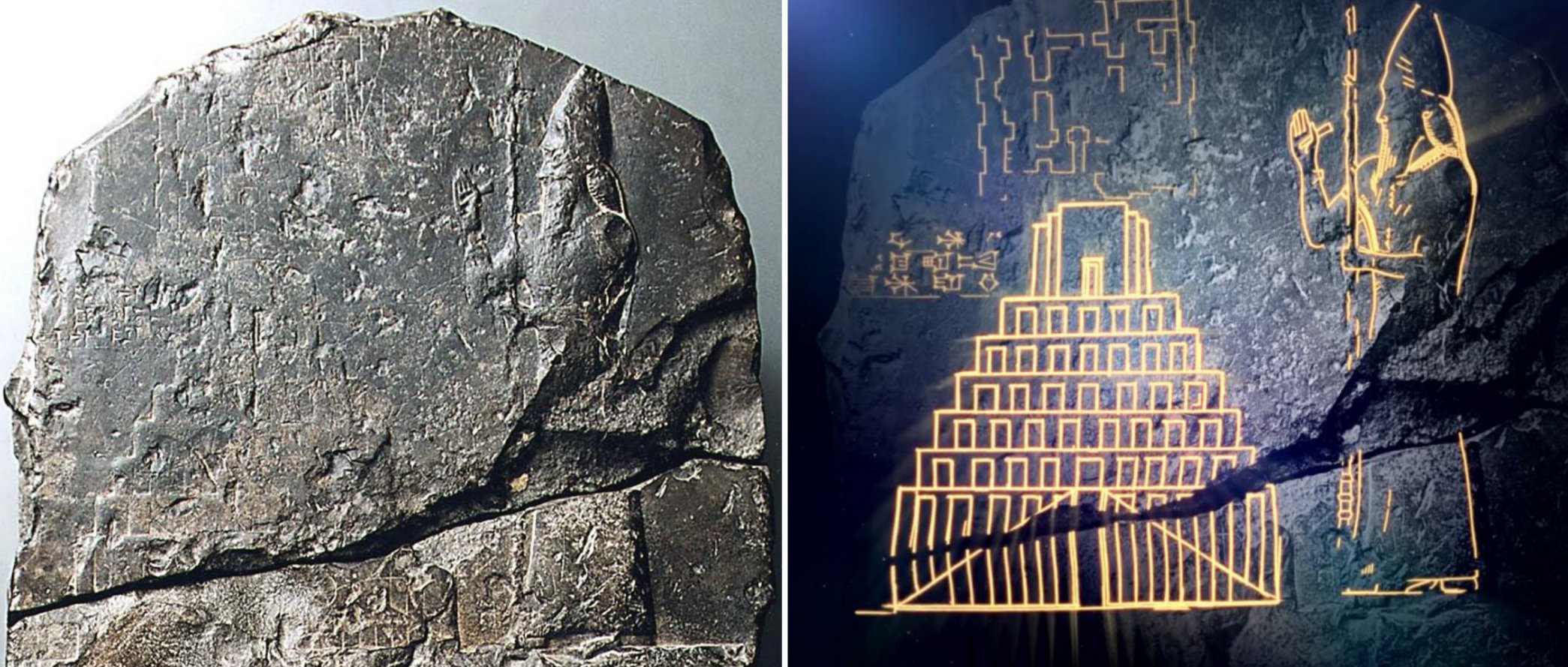In 539 BC Cyrus the Great conquered Babylon and liberated the Jewish people from their exile. The Bible records that, prior to this event, the Jews had been scattered across different regions of the world as a result of their rebellion against God and its construction of the Tower of Babel.

This famous biblical story has been told and retold over the centuries, but scholars have long debated whether or not it was based on an actual event.
Consequently, many have theorized that The Great Ziggurat was built by the Babylonians as a replica of an earlier tower which they believed was constructed by King Nimrod (also known as Cuth) in order to reach heaven. This theory has now been confirmed with the discovery of evidence corroborating its existence.
Archaeologists have discovered the first material evidence of the existence of the Tower of Babel – an ancient tablet dating back to the 6th century BC. The plate depicts the tower itself and the ruler of Mesopotamia, Nebuchadnezzar II.

The memorial plaque was found almost 100 years ago, but only now scientists have begun to study it. The find became an important proof of the existence of the tower, which, according to biblical history, caused the appearance of different languages on earth.
Scientists suggest that the construction of the biblical tower was started near Nabopolassar during the reign of King Hammural (about 1792-1750 BC). However, the construction was completed only 43 years later, during the time of Nebuchadnezzar (604-562 BC).
According to the scientists, the content of the ancient tablet largely coincides with the biblical story. In this regard, the question arose – if the tower actually existed, then how true is the story of the wrath of God, which deprived people of a common language. Perhaps someday an answer will be found to this question.




